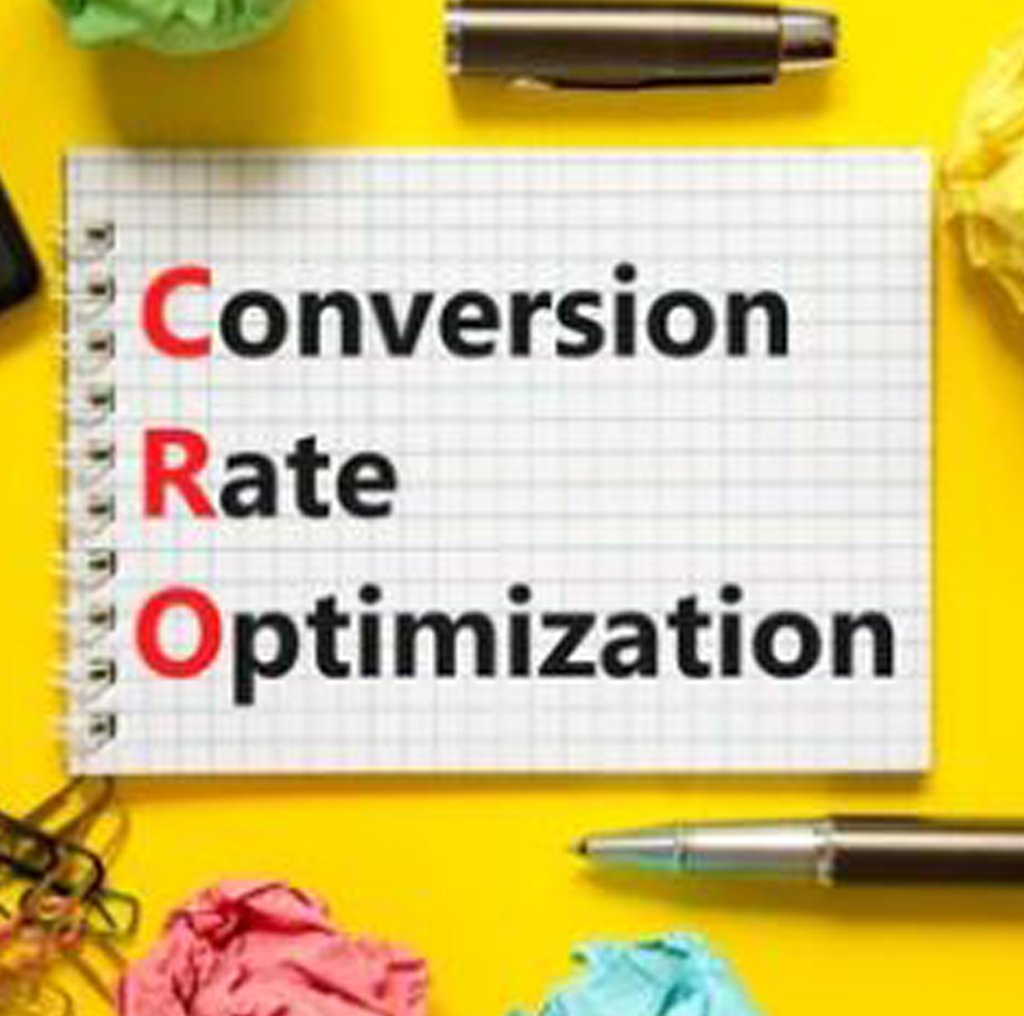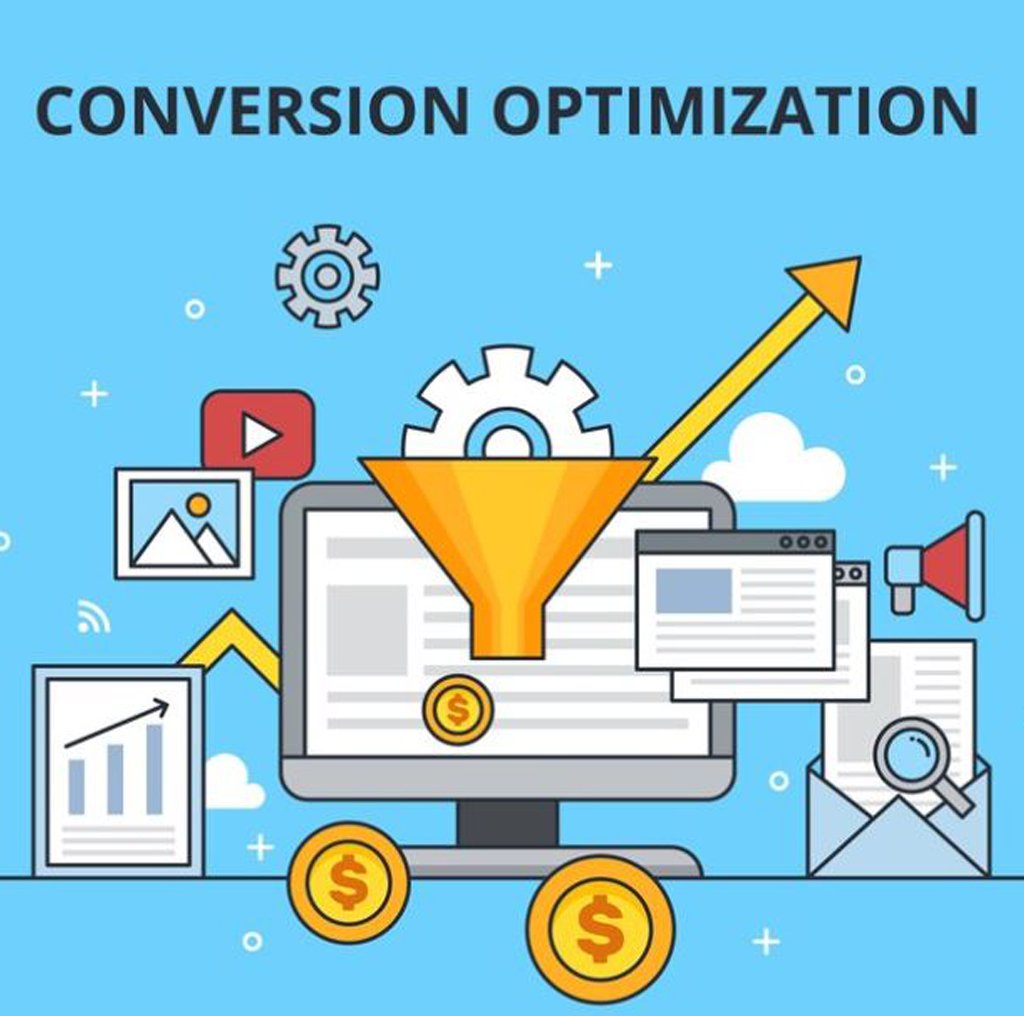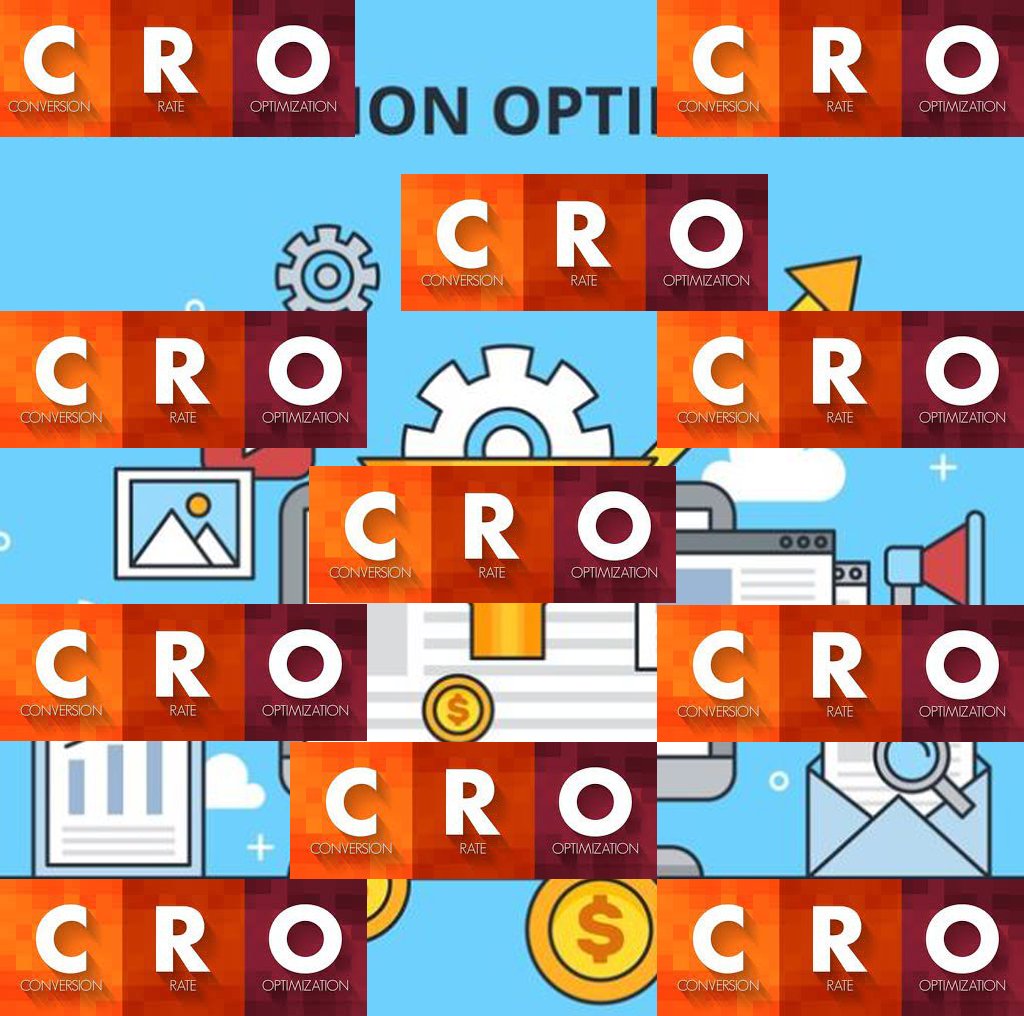Effective Call-to-Action (CTA) Strategies for Conversion Rate Optimization (CRO)
June 04, 2024 | Digital Techtune

In the realm of digital marketing and web design, the Call-to-Action (CTA) stands as a pivotal element that can significantly influence Conversion Rate Optimization (CRO). A CTA is a prompt on a website that encourages visitors to take a specific action, such as signing up for a newsletter, downloading an eBook, or making a purchase. The effectiveness of CTAs can make or break a website’s ability to convert visitors into customers. This essay delves into the strategies that can enhance the effectiveness of CTAs, thereby optimizing conversion rates.
Understanding Conversion Rate Optimization (CRO)
Conversion Rate Optimization is the practice of increasing the percentage of website visitors who complete a desired action. CRO involves understanding how users navigate a site, identifying barriers to conversion, and implementing strategies to overcome these obstacles. Effective CTAs are integral to this process, serving as the final push that guides visitors toward conversion.
The Importance of CTAs in CRO
CTAs are the linchpins of CRO because they directly prompt users to engage in actions that are critical to achieving business goals. An effective CTA captures attention, communicates value, and reduces friction in the user journey. Poorly designed or positioned CTAs can lead to missed opportunities and reduced conversion rates. Therefore, mastering CTA strategies is crucial for maximizing the effectiveness of CRO efforts.
Key Elements of an Effective CTA
1. Clarity
The primary function of a CTA is to communicate what action the user is expected to take. Ambiguity can confuse visitors and hinder conversions. Effective CTAs use concise, action-oriented language that leaves no room for misunderstanding. Phrases like “Download Now,” “Sign Up Today,” and “Get Started” are clear and directive.
2. Visibility
A CTA must be easily noticeable to be effective. This involves strategic placement and design choices that make the CTA stand out on the page. Utilizing contrasting colors, larger fonts, and distinct shapes can draw attention to the CTA. Additionally, placing CTAs in prominent locations—such as above the fold, at the end of blog posts, or within pop-ups—can enhance visibility.
3. Value Proposition
A compelling CTA conveys the value of taking the desired action. This involves highlighting the benefits or incentives associated with the action. For instance, instead of a generic “Submit” button, a more effective CTA would be “Get Your Free eBook.” This not only tells the user what to do but also what they will gain by doing it.
4. Urgency
Creating a sense of urgency can prompt users to act immediately rather than postpone the decision. Phrases like “Limited Time Offer,” “Act Now,” and “Only a Few Spots Left” can instill a fear of missing out (FOMO), driving immediate action. However, urgency must be used authentically to avoid losing trust.
5. Personalization
Personalized CTAs tailored to the individual needs and behaviors of users can significantly boost conversions. Leveraging user data to customize CTAs based on demographics, past behavior, or preferences can create a more relevant and engaging experience. For example, a returning visitor might see a CTA for a product they previously viewed, encouraging them to complete the purchase.
CTA Design Strategies
1. Color and Contrast
Color plays a crucial role in making CTAs stand out. The color of a CTA button should contrast sharply with the surrounding elements to draw the eye. While there are no universal rules for the best color, A/B testing different color options can help determine which color resonates most with the target audience. For instance, HubSpot found that a red CTA button outperformed a green one by 21%.
2. Size and Shape
The size and shape of a CTA button also impact its effectiveness. Larger buttons are more noticeable and easier to click, especially on mobile devices. Rounded edges can make buttons appear more inviting, while sharp edges can give a sense of urgency. Ensuring the button is large enough to be easily tapped on touchscreens is essential for mobile optimization.
3. Placement
The placement of CTAs is critical to their success. CTAs should be positioned where users are most likely to see and interact with them. Common placements include:
- Above the Fold: Placing a CTA in the upper part of a webpage ensures it is visible without scrolling.
- End of Content: After a blog post or article, a CTA can prompt readers to take the next step.
- Within Content: Embedding CTAs within the body of content can catch readers’ attention as they engage with the material.
- Exit Intent Pop-Ups: Using pop-ups that appear when a user is about to leave the site can capture potential conversions that might otherwise be lost.
Psychological Triggers in CTAs
1. Social Proof
Incorporating social proof into CTAs can enhance their effectiveness by leveraging the influence of others’ actions and opinions. Testimonials, user reviews, and usage statistics (e.g., “Join 10,000+ subscribers”) can build trust and encourage new users to follow suit.
2. Scarcity
Highlighting scarcity can create urgency and prompt immediate action. Limited availability or time-sensitive offers can motivate users to act quickly. For example, “Only 3 items left” or “Sale ends in 24 hours” can drive higher conversion rates.
3. Reciprocity
The principle of reciprocity suggests that people are more likely to take action if they feel they are receiving something in return. Offering free resources, discounts, or exclusive content can encourage users to respond to CTAs. For instance, “Download our free guide” or “Get 20% off your first purchase” are effective incentives.
A/B Testing for CTA Optimization
A/B testing is a powerful tool for optimizing CTAs. By comparing two versions of a CTA—such as different colors, text, or placements—businesses can determine which performs better. Key metrics to measure include click-through rates, conversion rates, and engagement levels. Continuous testing and iteration can lead to significant improvements in CTA effectiveness.
Case Studies of Effective CTA Strategies
Case Study 1: Dropbox
Dropbox is known for its simple yet effective CTA strategy. Their homepage features a straightforward “Sign up for free” button, which is prominently displayed above the fold. The button stands out due to its contrasting color and clear, value-oriented text. This approach has contributed to Dropbox’s massive user base by making the sign-up process easy and enticing.
Case Study 2: Unbounce
Unbounce, a landing page platform, uses personalized CTAs to drive conversions. By tailoring CTAs to the specific needs of different user segments, Unbounce has increased engagement and conversion rates. For example, new visitors see a CTA to start a free trial, while returning users might see a CTA for advanced tutorials or webinars.
Case Study 3: Airbnb
Airbnb utilizes urgency and social proof in their CTAs to enhance conversions. Listings often include CTAs like “Book now” along with indicators of popularity such as “Only 2 left at this price” or “5 people viewed this in the last hour.” These elements create a sense of urgency and credibility, prompting users to act quickly.
Mobile Optimization for CTAs
With the increasing prevalence of mobile browsing, optimizing CTAs for mobile devices is crucial. Key considerations for mobile CTAs include:
- Touchable Areas: Ensuring buttons are large enough to be easily tapped without zooming in.
- Scrolling Behavior: Placing CTAs in positions that align with common scrolling patterns on mobile devices.
- Loading Speed: Minimizing delays in loading CTAs to enhance user experience and reduce bounce rates.
Integrating CTAs with Overall Marketing Strategy
CTAs should not be standalone elements but integrated seamlessly into the broader marketing strategy. Consistency in messaging, design, and value proposition across all touchpoints—such as emails, social media, and landing pages—can create a cohesive and compelling user journey. Aligning CTAs with marketing campaigns and goals ensures a unified approach to driving conversions.
Future Trends in CTA Strategies
1. AI and Personalization
Artificial Intelligence (AI) is poised to revolutionize CTA strategies by enabling deeper personalization. AI can analyze user data to predict preferences and behaviors, allowing for highly targeted and relevant CTAs. This level of personalization can significantly enhance user engagement and conversion rates.
2. Interactive CTAs
Interactive CTAs, such as chatbots and dynamic forms, are becoming more prevalent. These CTAs provide a more engaging and responsive experience, helping users navigate through the decision-making process and reducing friction.
3. Voice Search Optimization
As voice search continues to grow, optimizing CTAs for voice interactions will become increasingly important. Voice-activated CTAs need to be clear, concise, and easily understood to facilitate seamless voice-based conversions.
Effective Call-to-Action (CTA) strategies are essential for successful Conversion Rate Optimization (CRO). By focusing on clarity, visibility, value proposition, urgency, and personalization, businesses can design CTAs that drive higher engagement and conversions. Leveraging design elements, psychological triggers, and continuous testing further enhances CTA effectiveness. As technology and user behaviors evolve, staying ahead of trends and integrating CTAs into a comprehensive marketing strategy will ensure sustained success in optimizing conversion rates.
In the dynamic digital landscape, mastering CTA strategies is not just about prompting action but about creating meaningful and seamless experiences that guide users toward desired outcomes. By prioritizing the user’s journey and continuously refining CTAs, businesses can unlock their full potential in driving growth and achieving their objectives.

